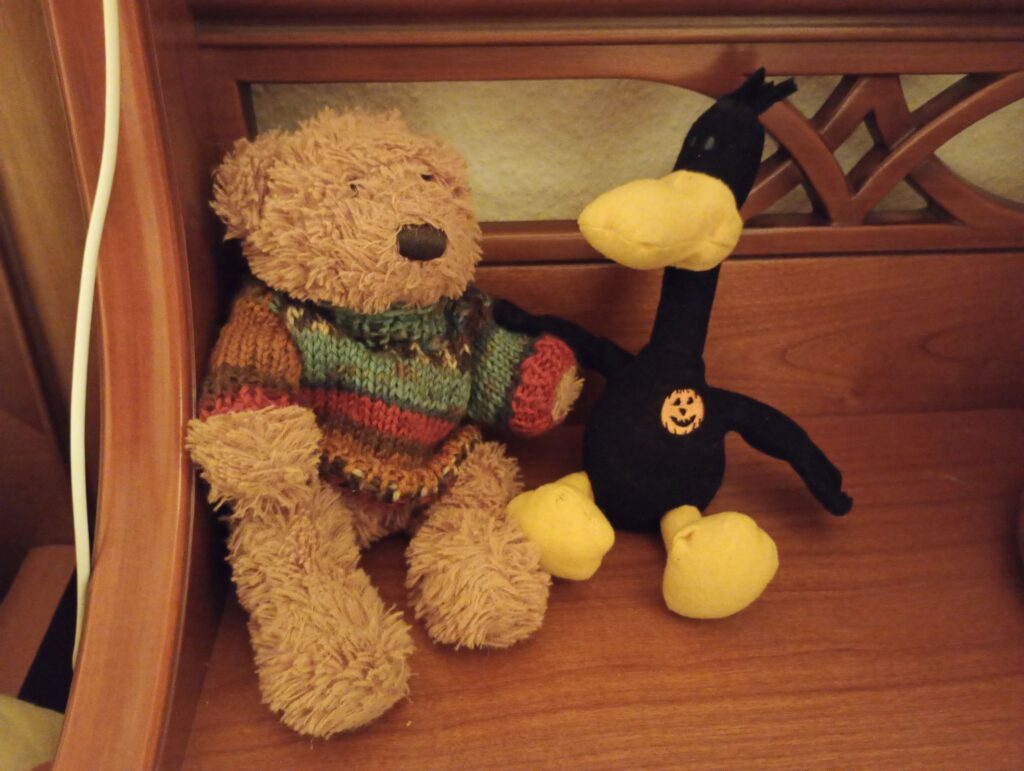
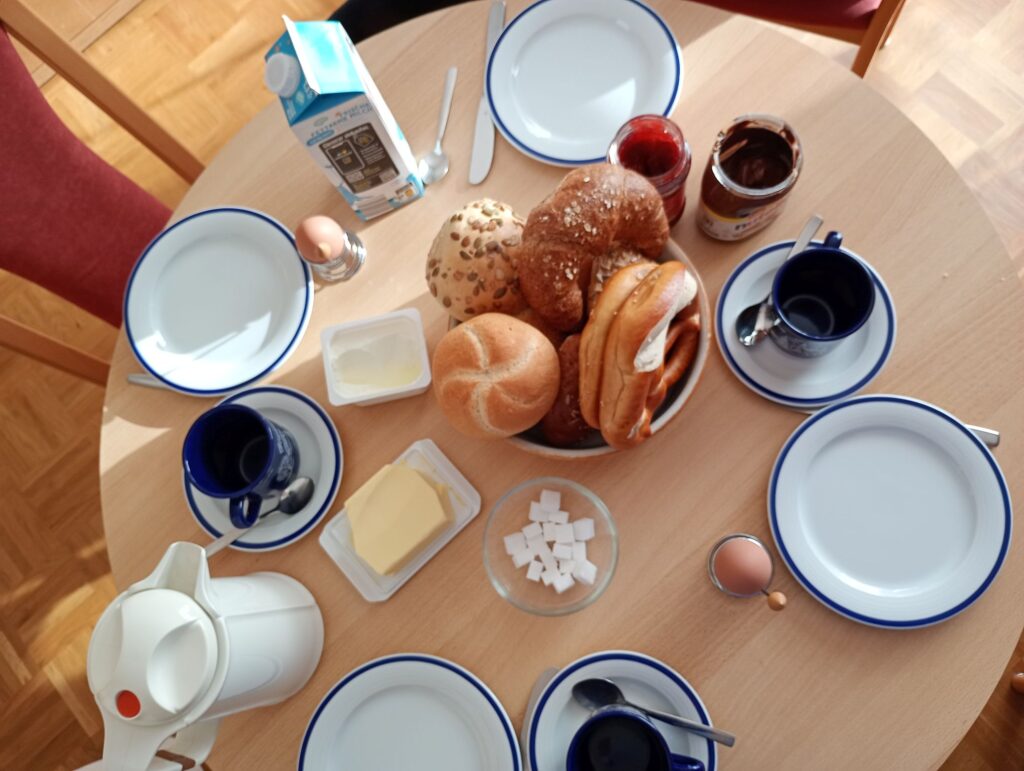
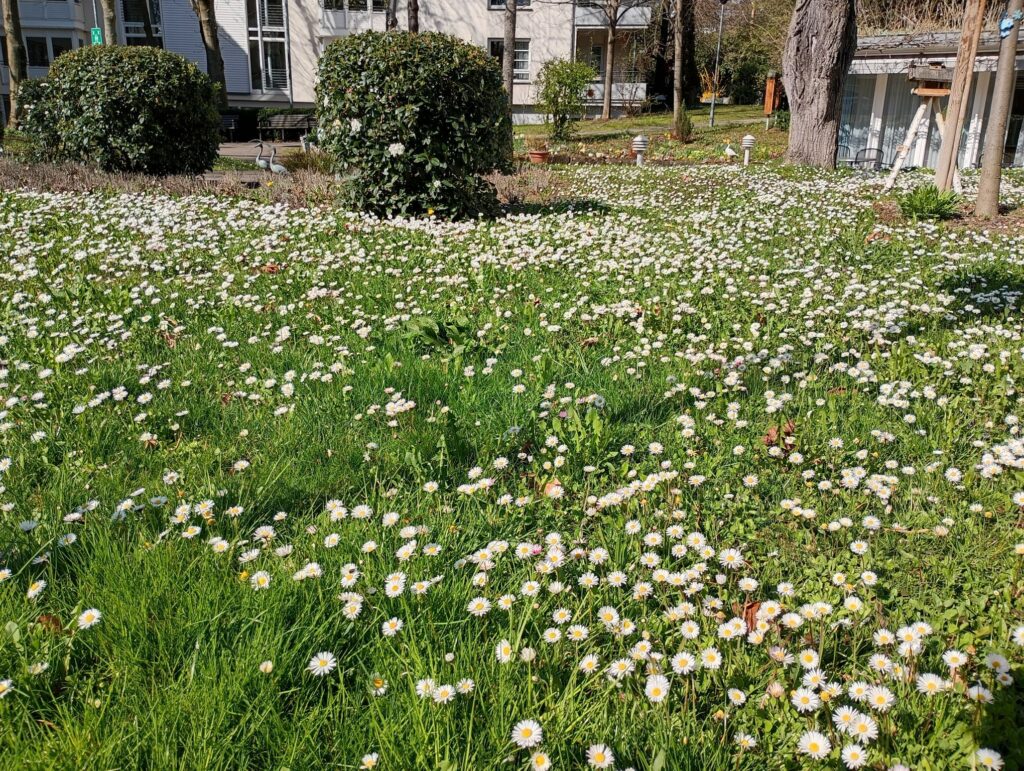
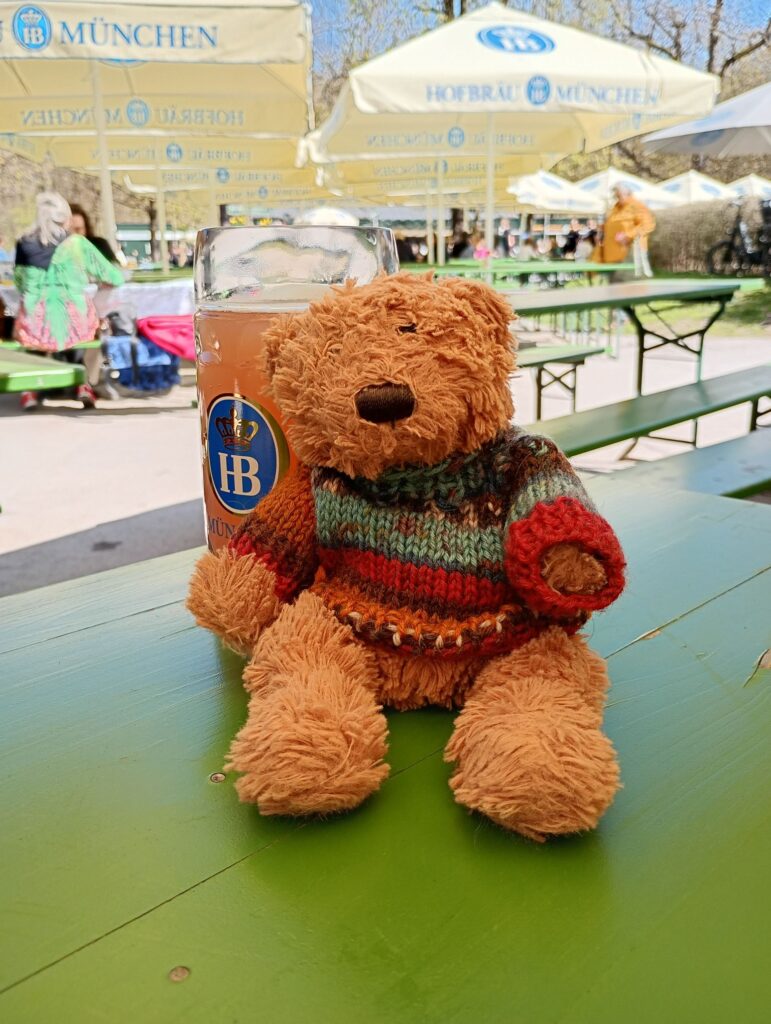
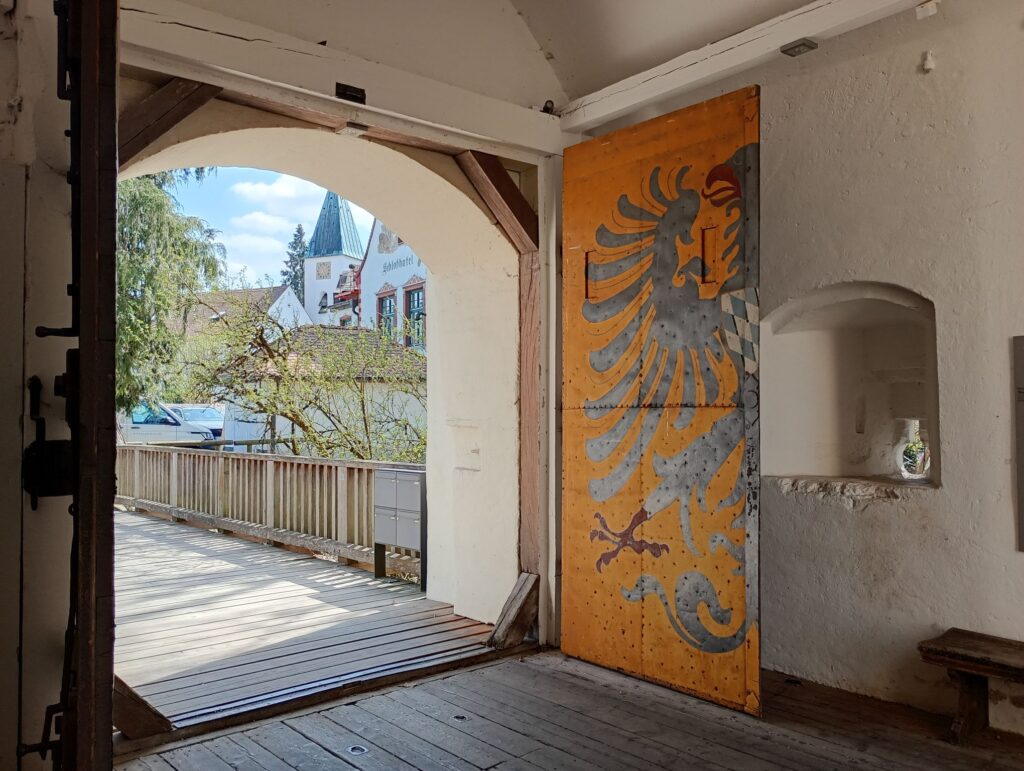

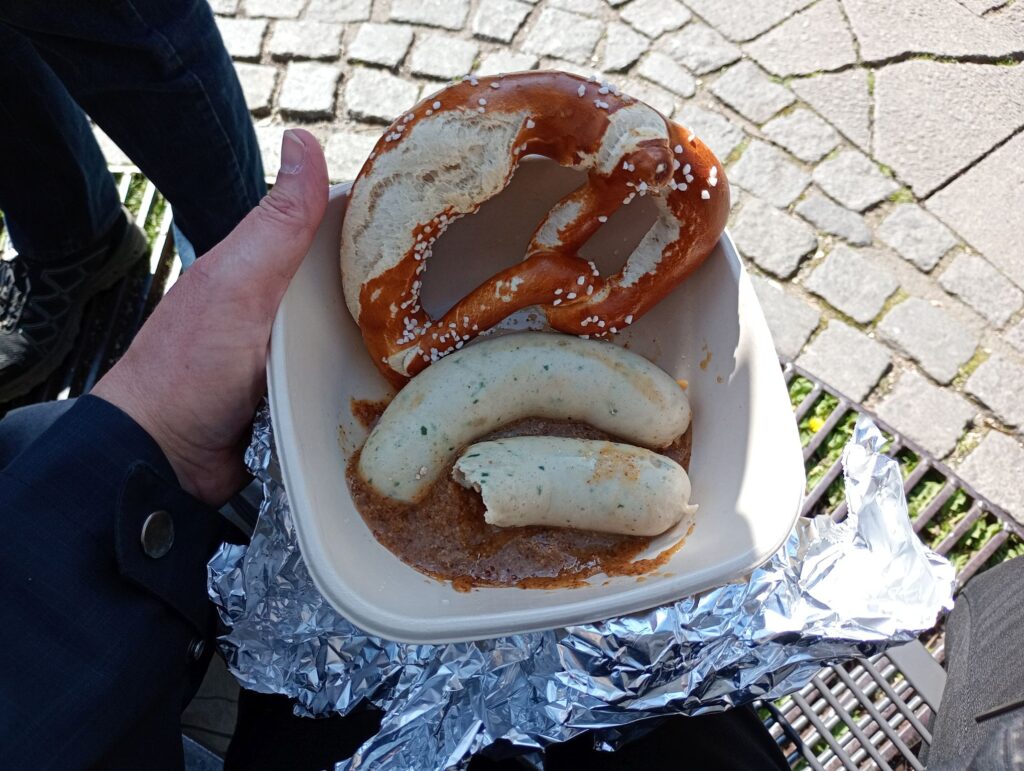

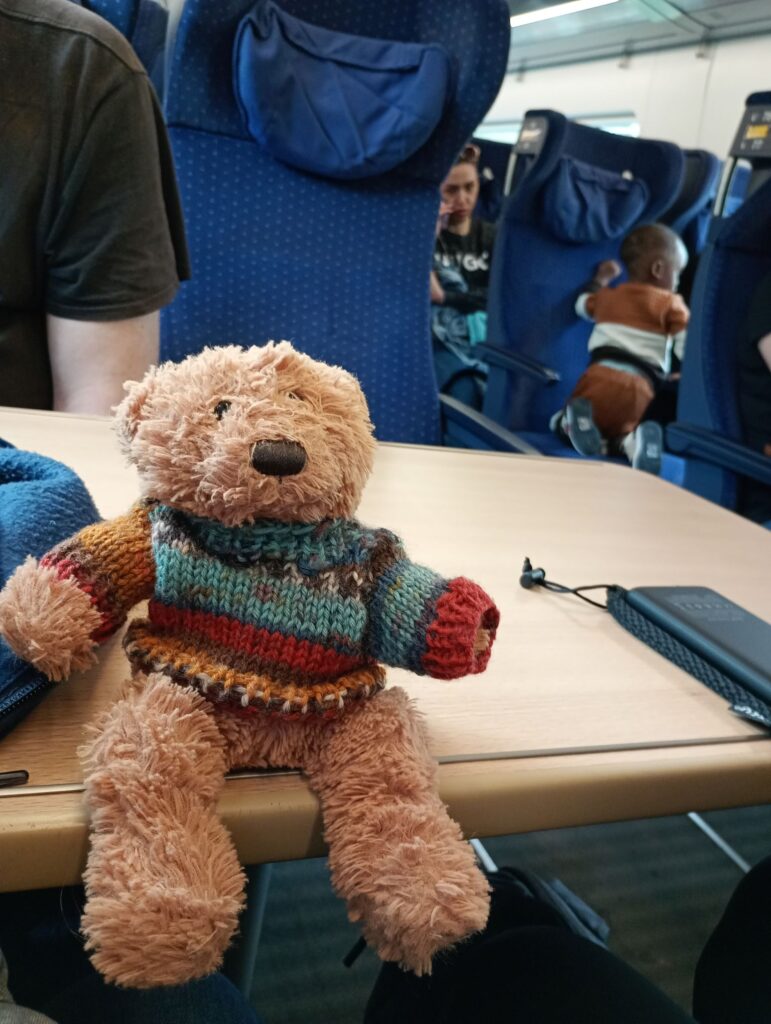

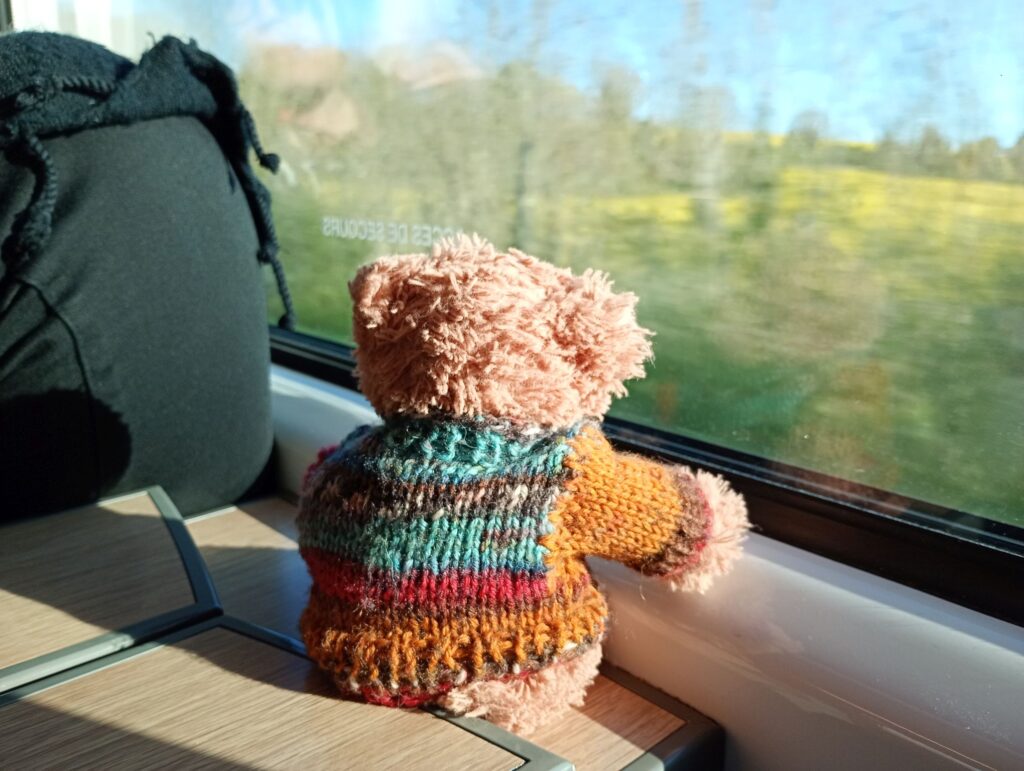
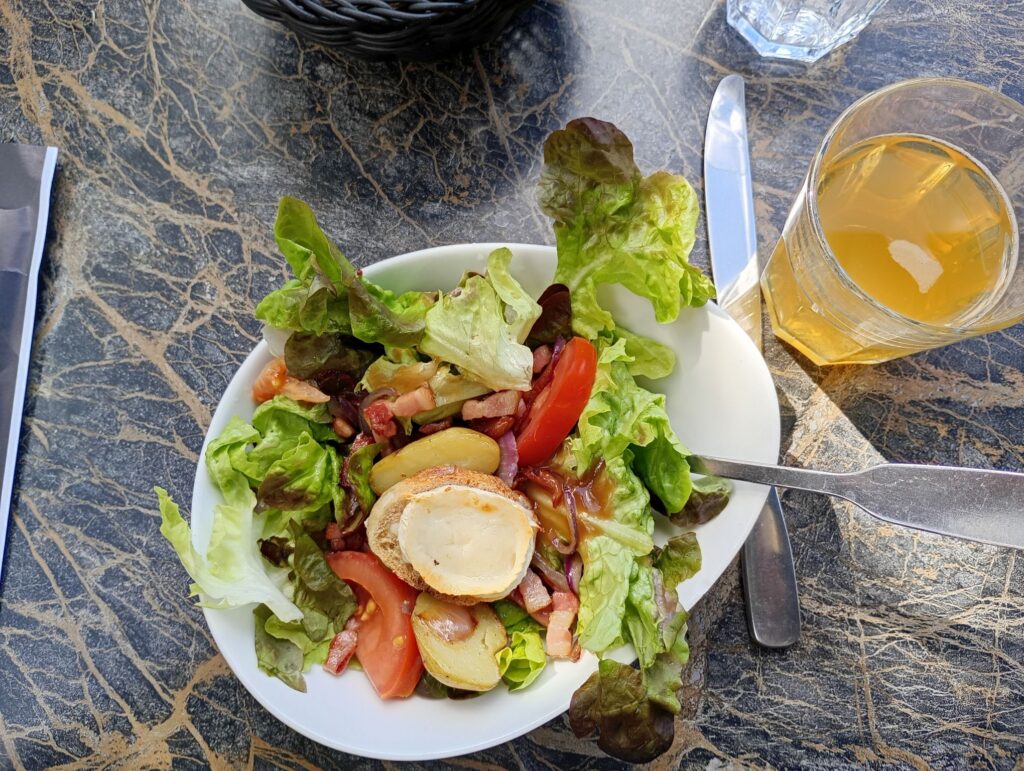
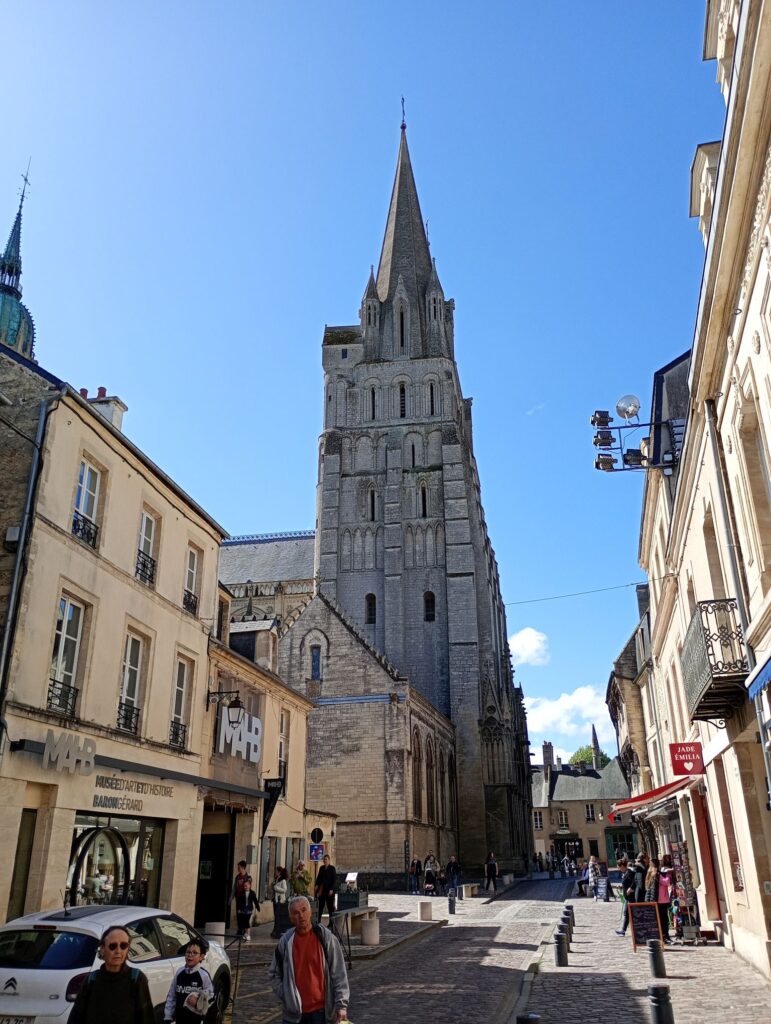
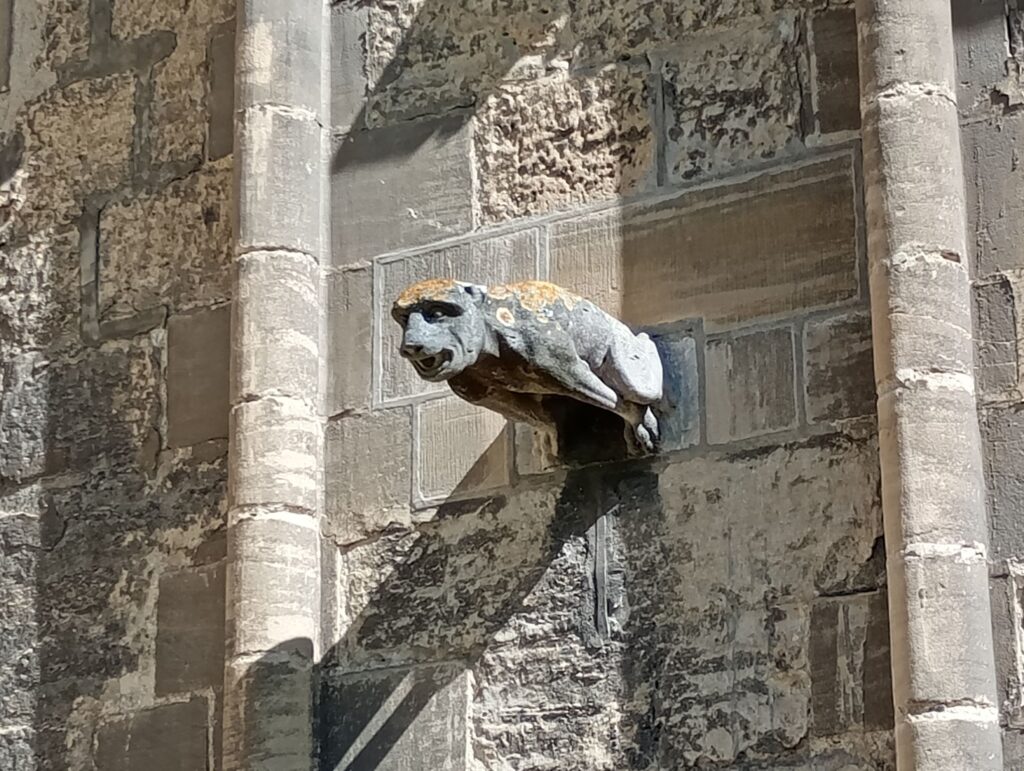
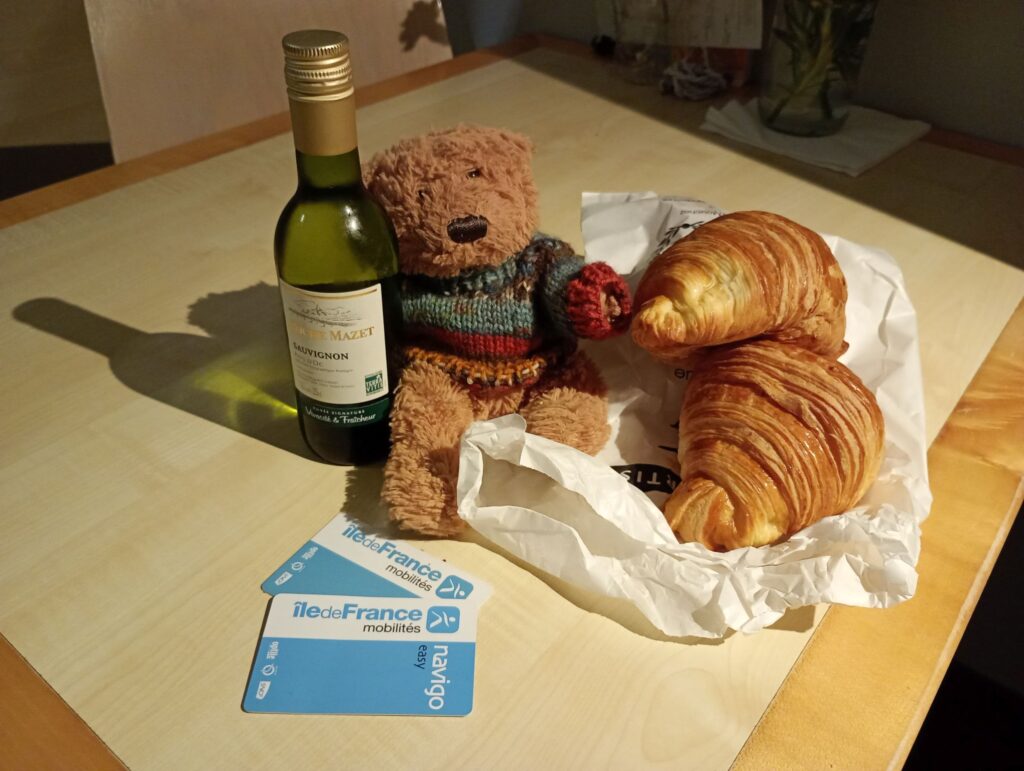
life, the universe, and a few-odd other things





















It’s been a long, full, busy, and tiring year. I scrolled through my photos, and pulled out the most representative ones – just a few, you know – and ended up with nearly 80 of them. Yeah, like that.
That’s too many to put in a blog post, so I put them together into a video, just in case you’d like to see (if you can’t see the video above, click on the post title so you can look at it in your browser). It’s mostly about art and travelling, because that’s what I have photos of; the ordinary everyday things, like cooking and spending time with family and friends and sorting and cleaning cupboards and all that – you know, the stuff that makes up the bulk of one’s life – doesn’t show up in photos as readily (and if it does, it’s not that interesting).

The other thing is that it is, once again, the midnight of the year. Did I mention I’m tired? So I think I’ll draw the curtains, turn down the lights, grab my bear, and snuggle under the covers.
I’ll see you when it gets light again – say, around Candlemas?
Life, the Universe, and Time for a Break. Happy New Year to all, and to all a good night!


7:45 on an almost-spring morning in a small town in Southern Germany. It’s still chilly enough that I need my fingerless gloves, but the sun is rising in a clear sky, setting the golden stucco of the old bakery at the street corner aglow with the promise of a beautiful day. The upper two stories of the old building look hardly different from how they’ve been for the last century or so, the window shutters beneath the half-hipped red tile roof folded back against the wall to show net-curtain-shrouded windows behind which the inhabitants are starting their day.
But the ground-floor shop windows are as modern as they come. I step through the automatic sliding glass doors into the warm scent of the fresh-baked breads and rolls and pastries that are piled on the shelves against the back wall and displayed behind the glass counter that runs the whole length of the shop.
On the far left, at a small café table a couple of men in business suits down a quick cup of coffee and a roll on their way to catch the train for work. The baker emerges from the back room with an enormous tray piled with fresh pretzels, which he unceremoniously dumps on the counter. Good! Those are just what I’m after. This is Swabia, the original birthplace of the pretzel, and nowhere else are they as good as here. A few salt kernels – not too many – speckle the deep, glossy, mahagony brown of the fat part with the deep slash exposing its creamy interior; the two little twisted arms are thin and crispy. Legend has it they are modelled on the first pretzel baker’s wife’s crossed arms as she watched him bake.
When I turn back to the counter to place my order, I find that two small girls are in line ahead of me, buying a sausage roll, a bread roll, and a couple of pastries for their breaktime snack at school – they’re probably in Grade 1 or 2, no more. “That’ll be €3.40,” the sales lady says as she hands over the paper bag with their goodies, and one of the girls stretches as high as she can to lay her coins on the little wooden tray that sits on top of the glass counter for the purpose. She can barely reach, but she pushes the coins across, grabs her bag, and with a cheerful “Tschüss!” she and her friend skip away. They should still make it in time for school to start at 8:00.
It’s my turn. I can’t be bothered to make a lot of decisions today, choosing from the dozen or more varieties of fresh, crispy bread rolls – white, brown, rye, plain, seeded, sunflower and pumpkin, long or plump or round – so I just ask for three of my favourites, Dinkelbrötchen or spelt rolls: a crispy crust covered in oat flakes, a tender interior with soft chewy spelt kernels throughout. Perfect for a spread of Quark, soft white cheese, topped with strawberry jam. And I ask for two Brezeln, of course.
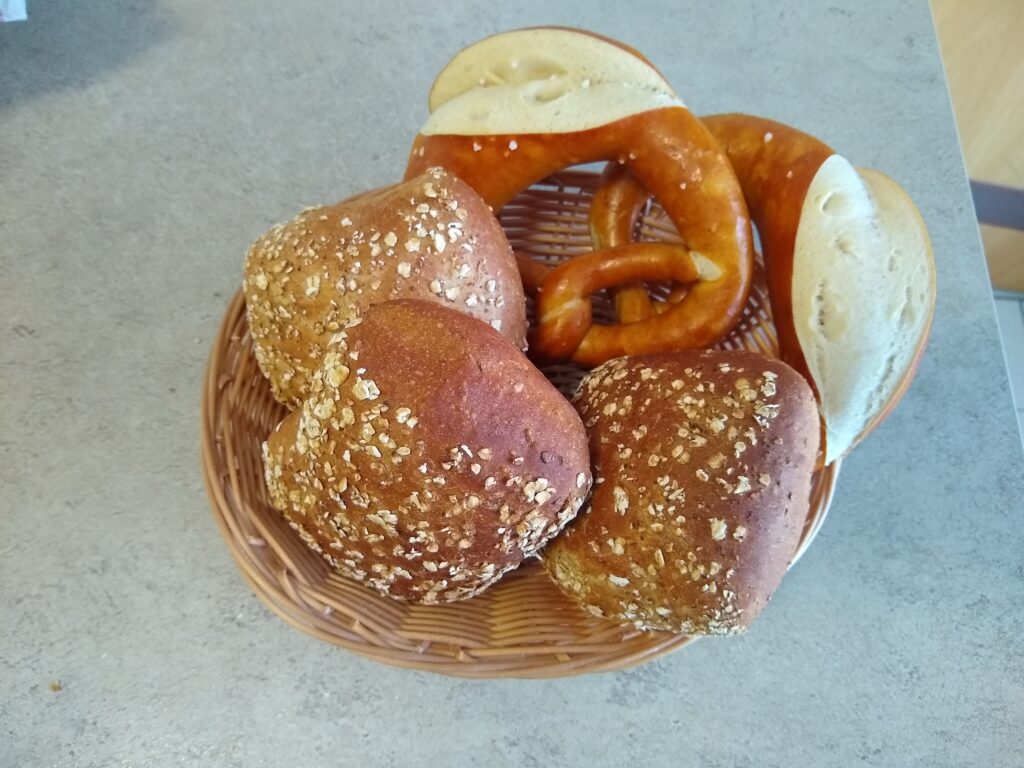
Their warmth is seeping through the paper bag as I step back out into the street. I’m tempted to hug it to myself to warm my hands, but in true European fashion I tuck it into my backpack to carry it the two blocks to where I’m going. The golden hands of the clock tower show five minutes to eight as the drugstore around the corner and the supermarket down the street are getting ready to open their doors to customers. A new day is beginning in this small town.
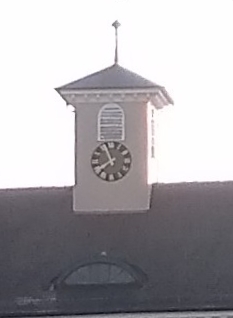
The bakery has been operating in that building for more than four generations. For over a hundred years, children have been stretching to put their coins on the counter to buy a bread roll for recess, then run off to get to school before the bell rings at 8:00; working people bought their coffee and pastry and headed for the train; and folks like myself today with a little time to spare bought fresh, still-warm-from-oven rolls and pretzels to take home for a leisurely breakfast of coffee and bread and cheese and jam. The baker has been up since 3:00am to make it all happen, as did his father and grandfather and great-grandfather before him, and perhaps his daughter and granddaughter will do after him. For all the automatic sliding doors and gleaming plate glass display windows, there is a thread of continuity that runs through the fabric of existence here.
I find my soul being nourished by the warmth that gently seeps out of my bag of Brötchen und Brezeln, and I revel in that sense of being tied into a web of culture that has been in place for generations and will continue for generations to come. It’s unlikely that any children and grandchildren of mine will buy breads and cakes in this place where my grandparents and great-grandparents got theirs, but someone’s children will. The thought is as warm as the rolls and pretzels in my bag.
Life, the Universe, and a visit to the German bakery. I’m bringing breakfast today.

And thus it begins – the first trip of the year. A short-notice-planned jaunt to Germany on family business, which on even shorter notice got rebooked for a few days early.
Steve and I got as far as the local airport, twenty minutes from home, where we found the first flight delayed by an hour, and then by another two. It’s fine as we originally had a seven-hour layover to the next leg of the flight, so now it’s four – still plenty of time. However, it also gave me time to have my anxiety spin in circles wondering if I should get one of the Offspring to come down to the airport and bring me my walking shoes instead of the half-boots I’ve got on now that I’m worried will be too warm for Europe, where it’s usually much more spring-like at this time of year then here. Fortunately, I smartened up in time, and thankfully the Offspring has plenty of patience with maternal fussings. Or, as he said, “What are children for if not to have compassion on your poor nerves?” (I pride myself on having raised them on a steady diet of Jane Austen movies, from which I now reap the benefits.)
Anyway. The three-hour delay resulted in us getting a $15 meal voucher from the airline. It was enough for a rice & chicken bowl at Tim Horton’s:

It was tasty, and unexpectedly spicy. I skipped eating the beans that were in it, for reasons we won’t go into here. (You’re welcome.)
So now we’ve progressed through security; Steve says the X-ray machine makes his head buzz. I forgot to take out my little bag of liquids, but they never even asked about it. Maybe they got confused by my question of whether I needed to take out the e-reader.
Another hour to the flight – provided they don’t delay it again. Ah well, the delay was for “unscheduled maintenance”, which I hope means they fixed whatever was wrong so that, for example, the wing doesn’t fall off in mid-flight and we have to make an emergency landing in the Rockies. However, if we do, at least I’m still wearing my boots and not flimsy walking shoes, which would be definitely be unsuited to mountaintop weather.
And that, for now, is Life, the Universe, and The First Trip of the Year. See you on the other side!







I just spent almost six weeks away from home. Six weeks, eight different places. Vancouver Island, Munich, Hesse, Stuttgart, London, Toronto… Visiting family, spending time with friends, going on errands and sightseeing trips and appointments with said family and friends, talking about their affairs and my affairs and the world’s affairs, experiences piled on impressions and filtered through yet more experiences. It was a wonderful time, a strenuous time, a time to be remembered.
And through it all, over and over, I was struck by just how pervasive Uppercross Syndrome is.
In case you don’t know about Uppercross, in Jane Austen’s Persuasion her heroine, Anne Elliot, has to watch her family move out of their mansion, Kellynch Hall, in a huge upheaval that is necessitated by her father’s imprudent spending habits. Once her father and sister are gone to Bath, where they intend to settle into a new life while Kellynch is rented out to pay their debts, Anne goes to her other sister’s home in the village of Uppercross and for a time becomes completely absorbed in the affairs of the Musgrove family.
“Anne had not wanted this visit to Uppercross, to learn that a removal from one set of people to another, though at a distance of only three miles, will often include a total change of conversation, opinion, and idea. She had never been staying there before, without being struck by … how unknown, or unconsidered there, were the affairs which at Kellynch Hall were treated as of such general publicity and pervading interest… [C]oming as she did, with a heart full of the subject which had been completely occupying both houses in Kellynch for many weeks, she had expected rather more curiosity and sympathy than she found in the separate but very similar remark of Mr and Mrs Musgrove: ‘So, Miss Anne, Sir Walter and your sister are gone; and what part of Bath do you think they will settle in?’ and this, without much waiting for an answer; or in the young ladies’ addition of, ‘I hope we shall be in Bath in the winter; but remember, papa, if we do go, we must be in a good situation: none of your Queen Squares for us!’ or in the anxious supplement from Mary, of—‘Upon my word, I shall be pretty well off, when you are all gone away to be happy at Bath!’”
(Jane Austen, Persuasion, Chapter 6)
In Uppercross and the neighbouring Lyme Regis, Anne and the Musgroves go through lifechanging events, but when it is time for Anne to join her father and sister in Bath, once again she experiences the total disconnect in mental states that a change in location and environment will bring about. Just as the Musgroves were more or less uninterested in the Elliots’ burning concern about their move, now the Elliots in Bath neither know nor care that the Musgroves nearly lost one of their daughters in a freak accident and that Anne was deeply involved in the matter. All they think of is showing off the size of their drawing room and discussing the arrival of a handsome cousin, and it is left to Anne to once again switch tracks from one of her deep concerns to the other.
But it doesn’t take a pair of self-absorbed aristocrats like Sir Walter and Elizabeth Elliot for Uppercross Syndrome to kick in. Like the kind and caring Musgroves, most of us are focused on the here and now, on the circle of friends and surroundings we find ourselves in today. What completely took up my attention in Vancouver faded into the background once we touched down in Germany; what mattered in Munich was left behind on the way to Frankfurt; in Stuttgart, I was so mentally occupied with what was happening there that I barely managed to send the few texts I needed to plan our time in Toronto. Now that I’m home, after I told everyone a bit about Niagara Falls and the family matters in Germany, we talked about the antics the cats got up to in my absence; and now thoughts of the garden and household and pottery and all the other work waiting for me here are swiftly taking over most of my available mental channels.
Uppercross Syndrome: the phenomenon that “a removal from one set of people to another … will often include a total change of conversation, opinion, and idea.”
There is nothing particularly wrong with it. Austen neatly contrasts the self-centred Elliots who care only about their position and appearance with the kindly Musgroves whose life is focused on their home and their children, but neither of them have much thought to spare for the other. I think it’s a human reality that our present environment takes most of our attention, with not much left for what is out of sight and hearing. Perhaps that’s just as well. It’s good to focus on how we live that here-and-now life—far better to be a Mrs Musgrove, concerned about her children, than a Sir Walter Elliot, obsessed with his looks.
But then, like Anne, we can learn “the art of knowing our own nothingness beyond our own circle”. We can live in the humble awareness that what is all-absorbing to us today, in this place, is of little concern or interest to most of the rest of the world—and that even for us, perhaps it’s not such a big deal after all. We can enjoy the joys, but need not hang on to the pain. It puts things in perspective.
Life, the Universe, and Uppercross Syndrome. Another place, another view.





As you might know, I’m fluently bilingual. English or German, I can make my desires know: “Excuse me, where do you keep curtain hardware?” or “Wo ist die Zahnpasta, bitte?” It’s not a problem—I jump from one track to the other, and operate in either system without having to think about it.
And then I went to France. For the first time in my life, I was confronted with being struck deaf and mute. The extent of my French is, pretty much, Bonjour, Au revoir, and merci beaucoup*. In Paris, I understand nothing, and can communicate nothing. And let me tell you, it is astonishingly disconcerting. You don’t realize how much you rely on your verbal prowess until it’s taken away from you. So, I decided it was time I did something about it, and I set out to learn at least a little bit of French. You’ll be glad to know that as of this morning, I have learned to say “Un café au lait avec du sucre, s’il vous plaît, et deux croissants.” You know, the necessities of life. I do not yet know how to ask where the bathroom is, but as I most likely wouldn’t understand the answer, that’s just as well.
But this whole process got me thinking about how to learn languages. It’s really not that hard, we’ve all done it! Yes, you have too—you’re reading this, aren’t you? You learned at least one language completely fluently, effortlessly, grammatically correct, with flawless pronunciation. So, all it should take is to repeat that process with another language, and you’re golden. I’m by no means the first person to come up with that idea; I don’t know how many times I’ve seen language learning programs advertised as being “completely natural” and “just like learning your first language.” It should work, shouldn’t it? No problem.

Now, as luck would have it, a couple of weeks ago I had a front seat to watching the process in action, courtesy of a visit of a young relative. This young gentleman, who recently obtained his first birthday, is a remarkably intelligent individual (of course he is, he’s related to me), who is very interested in language and in the world around him, particularly the four-footed variety. I observed him closely, and I’m now in a position to tell you exactly how this language learning thing is done. Here you are:
LEARNING A LANGUAGE THE NATURAL WAY, IN EASY-TO-FOLLOW STEPS
Step 1.) (Optional, but helpful) Be as cute as you can possibly be.
Step 2.) Surround yourself with as many individuals as you can who adore you and are willing to repeat words to you on a continuous feedback loop.
Step 3.) Point to an object of your interest and make gurgling noises (example: the cat).
Step 4.) Wait for your adoring audience to supply the word in the language of their choice (“Die Katze!”).
Step 5.) Copy the word to the best of your ability (“Tz-tz!”).
Step 6.) Let your audience correct your pronunciation and try again. (“T-tz!”)
Step 7.) Repeat steps 3.-6. approximately twenty times per hour during all your waking hours, every day, for the next two to three years. Vary the objects labelled as required and improve your pronunciation as needed.By the end of four or five years, you should be completely fluent in your new language and will be able to move on to instructing others.
There you have it: the one, the only, the infallible completely natural method to learning languages. It really works.
Now if I could only find someone to repeat le chat to me, over and over and over and…
Life, the Universe, and Natural Language Acquisition. It’s the only proven method.
*being Canadian, I can also read some French food labels: I know that fraise is strawberry, framboise is raspberry, and bleuet is blueberry. I know my yogurt flavours. But they’re of limited usefulness in navigating the Paris metro system or buying museum tickets.



Where has March gone? Wasn’t it just February, like, last week? Apparently not. Well, at least I didn’t just randomly lose the month as I’m wont to do. I know exactly what happened to it: I spent it on a short-notice trip to Europe for family reasons. As I might have mentioned before, having your family a third of the way around the globe is a pain in the you-know-what, but visits have the added perk that you get to do some touristy stuff on the side. “Love where you find yourself,” and all that, you know?
My route home took me via France, where the Paris-dwelling Offspring and I indulged ourselves by pretending to be cultured. It was great fun. So as a small sampling of our jollifications, I present to you …
[The curtain slowly rises, the orchestra strikes up.]

The Paris Opera, as I’m sure you know (haha—I certainly didn’t before this), has two buildings, the Palais Garnier and the Opéra Bastille. The latter is a modern building, from 1989, all clean, straight (or swooping) lines and cement—now that I look at the photos, from across the auditorium the balconies look rather like the overhead luggage compartments in airplanes while everyone is stowing their carry-ons. The Opera Bastille houses the actual opera, as in, productions where people wander about on stage singing loudly and impressively while waving their arms.

So the Offspring purchased us some rather pricey tickets, and off we went to the show. It was weird. I mean, really weird. Hamlet, the opera, is an adaptation of an adaptation of an adaptation: Someone named Ducis adapted the Shakespeare play into French; Dumas, père, made Ducis’ version better by putting back some of the Shakespeare; Carré and Barbier wrote a libretto of Dumas’ take; then in 1868 Ambroise Thomas wrote music to go with it. Fairly early on in all this adapting they messed with the ending, kind of like Disney did with “The Little Mermaid”: this Hamlet doesn’t die, but gets to live out a natural lifespan, profoundly depressed, as king of Denmark. (Apparently the British audiences at Covent Garden got so ticked off at this sacrilege, the opera was adapted yet again for them and the death scene at the end was restored. To die or not to die, that is the question…)
And of course, a production of an opera is a whole other step again. So here we have a 16th century play, turned into a 19th century opera, put on in a 21st-century style. I think Surrealism is the term that comes closest for this particular performance. A lot of it left us scratching our heads, and not because it’s in French, as they actually had subtitles so you could follow. I kid you not—there was a screen at the top of the stage (so I guess it was really surtitles?) that had the French words with the English translation underneath. So we knew what they were saying (and we know the Shakespeare version fairly well, anyway), but it’s the setting and the actions that went with it that were puzzling. For example, there was one character, a member of the chorus, who periodically came out in a mime face and stood at the side of the stage, knitting. Huh? The best we could come up with was that he might have been meant as a representation of one of the Fates.
However, as I said, we greatly enjoyed ourselves. The music is beautiful, and the singing—wow. And watching that strange surrealist setting and trying to figure out what they were trying to do or say with it made us feel rather clever.
We had so much fun at the Opera that we decided to try it again the next day.


The Palais Garnier, or Opera Garnier, is the original Paris Opera building, and today is mostly used for ballet performances by the Paris Opera Ballet company.
If you go to the ticket office on the day of a performance, subject to availability you can get cheap “partially obstructed view” seats. So for €12 each, we got to see a ballet! Truth be told, it was weird and surrealistic, too. But again, we had fun. And the best part of that whole experience was not the performance per se, but the building.

The Palais Garnier is the quintessential opera house—in fact, it’s the setting for Phantom of the Opera. Built in the 1860s under Napoleon III, it hits every stereotype you can think of. Gilding, marble, statues, red plush (the red plush! Everywhere!), swooping curtains (of red plush, or painted to resemble red plush), tiers and tiers of boxes (lined with red plush), rows and rows of seats (upholstered in red plush), sparkling chandeliers dripping with crystals (those aren’t red plush), grand sweeping staircases, saloons… It’s mind-boggling.




I had to keep myself from squealing out loud when we got to our box—actually, I might have squealed just the teensiest bit. You step from the sweeping curved hallway through one of the many little doors that are side by side in a round wall, and you’re in a tiny, dimly lit red plush foyer—maybe five feet wide, and eight feet deep. There is a bench on one side to rest your weary slipper-shod feet, coat hooks on the opposite wall for your opera cloak, a little shelf to put down your opera bag while you use the red-plush-framed mirror above it to straighten your elegant opera coiffure. Straight ahead is a looped back red plush curtain, through which you can see six red-plush-and-gilt chairs, arranged in three rows. And beyond them, past the red plush railing, the great red-plush-and-gilt cavern of the auditorium, with its enormous chandelier suspended above from the centre of a rainbow riot of Marc Chagall paintings. The Chagall ceiling is the only piece that is not in keeping with the 19th-century opulence, being of an entirely different style of overwhelming colour, but it’s Chagall—it’s glorious.


The tickets we had were for the two back-row chairs of our box; about a quarter of the stage would have been obscured by the sides of the box, but we could have seen it standing up and leaning over a bit. We got there early enough that nobody else was there yet, which is why I was able to sit in one of the front seats for a few minutes, staring at the Chagall, and just revel in all the red-plushness around me. Eventually I moved back, though, because the box is so narrow that there is just barely enough room between the chairs to get past, and I didn’t want the awkwardness of having to do a seat-swapping tango with our fellow box occupants. (Come to think of it, I wonder how, in the days when the theatre was new, Victorian ladies in their crinolines ever got in and out of those boxes…) But we were lucky: the couple that arrived shortly before the beginning of the performance took the front two seats, and then nobody else came. So we moved up to the middle seats, and with just a bit of neck-craning were able to see most of the stage.

I don’t have too much to say about the performance—as I mentioned, it too was rather strange and very, umm, modern. However, the skill of the dancers was astounding and a delight to watch, and I for one found that surrealistic weirdness is easier to enjoy when it comes through a medium that is already mostly abstract, such as dance and instrumental music. I didn’t quite follow the plot of the story they were telling, but that didn’t bother me much, as the experience of just being in the Palais Garnier is what made it all worthwhile.
And then the performance ended, and we streamed along with the rest of the audience out through the gilt-and-marble foyer into the rainy Paris street and down into the Metro system. And not just the audience, either: just before our train doors closed a well-dressed woman jumped into the car, a violin case strapped to her back—obviously one of the members of the orchestra. Just your ordinary Parisian working woman on her way home from her work shift.
Somehow that seemed to put the final touch to the experience. It was all so “Europe”: gilt and red plush, surrealism and a classical orchestra, high culture and utterly democratic public transit. A tale of two operas, a tale of two worlds that are, really, just one.
Life, the Universe, and a Tale of Two Operas. It was the best of times, it was the… No, not that. It really was wonderful.


Anyone who says that online friendships aren’t real friendships has obviously never had one.
Louise Bates and I met a lot of years ago. If I remember rightly it was via the blog of another writer (Lee Strauss, to be precise, who had just published her first book). Both Louise and I were in our early days as bloggers and writers, and had yet to publish our first pieces. Her comment on Lee’s blog post caught my interest—who was this E.L. Bates person? She sounded like we might have a few things in common.
So I toddled over to her blog and checked it out. Would anyone be interested in beta reading a couple of short stories she’d written, she asked on the blog; umm, sure? I said. Not that I had much experience, I gave her to understand, but I could read the stories and tell her my opinion. Which I did. And then I sent her my fairly recently completed first novel to read (“I just want to know if it’s any good…”), and she gave me her opinion in return.
And that was the beginning of a beautiful friendship.
We found that we loved each other’s work, and had very much the same approach and attitudes to writing and to literature. And then we started talking about everything under the sun. Homeschooling, life, religion, parenting, society, food, books, knitting—and always, always writing. The emails flew back and forth. Big changes happened in our lives, all of which we shared with each other as they happened. I went to grad school and got my Master’s degree; Louise and her family moved to England for her husband to study for his PhD at Cambridge, and then moved back to the States to take up their life there again. On the way, we published our first books. And then the second, and third, and fourth. We kept blogs, and changed blogs, and got our very own websites. And both of us went into business as professional editors.
Our friendship is as real as they come, even though we’ve always been separated by at least the width of a continent and for a while even an ocean as well. We always talked about how much we’d love to meet in real life, by preference in England where so many of our favourite stories are set. Just for fun, we’d sign our emails with “Some Day In Great Britain!”
And then one day that wish became reality. Planning a trip to Germany to visit family, I realized that it was cheaper to fly via London than to go to Germany directly. Well—it was the sensible thing to do then, wasn’t it? And while I was on English soil, I might as well make it a longer layover, and take in the sights. It was practically a duty. A day or two in London, and then—Cambridge!
A short 45-minute train ride from King’s Cross Station, I made my way to the Royal Cambridge Hotel, and Louise and her family came to meet me. I still remember going down to the lobby, and there she was, just as she looked in her photos. “There you are,” I said, “it’s you!” (or something equally profound and erudite), and about five minutes later it felt like we had known each other in person for years.

We proceeded to spend the most marvellous day and a half together. They took me to King’s College Chapel for Matins and to Jesus College for Evensong; we walked through the ancient streets of Cambridge and watched punts getting snarled on the River Cam by the Mathematical Bridge; we had a proper British cream tea in a café and supper in the pub where some famous scientists used to have a pint after making their famous discoveries (I can’t remember now what they were, but they were famous, yup).
Being in Cambridge with Louise was an experience I will never forget.

And now (drumroll please!) she’s written a book about the place!
I got to read the very first version of this story. But that was before February of 2019, before I had seen Cambridge. It was a good story (all her stories are), but it didn’t resonate as much with me then. She put the manuscript aside for quite some time. But then not long ago she took it back out, and completely re-wrote the story. Now, it’s suffused with Cambridge. It’s her homage to the place, and it’s a wonderful, fun, profound story.
Death by Disguise came out today! It’s Book 3 in Louise’s “Whitney and Davies” 1920’s Magical Mystery series—like Agatha Christie or Dorothy Sayers with magic.
“The walls of Saint Dorothea’s College in Cambridge hide more secrets than simply the existence of magic …” Are you intrigued? Of course you are. So I’ll stop talking at you. Go get a copy of the book, and dive into the world of E.L. Bates’ Cambridge—it’s magical all in its own right.
Life, the Universe, Friendship and Cambridge and Books. You’re in for a treat.
